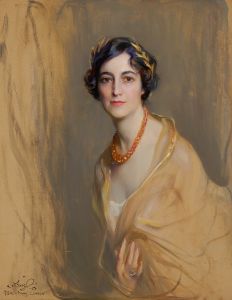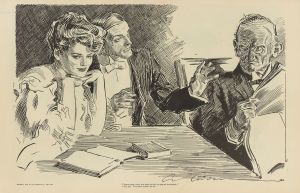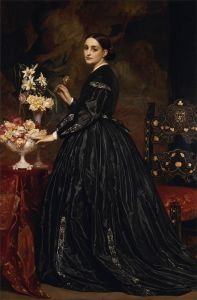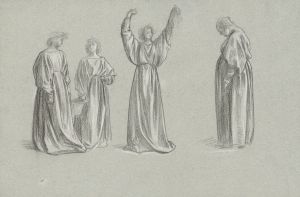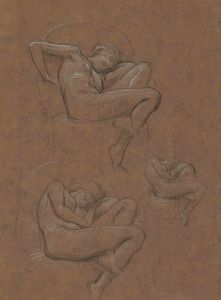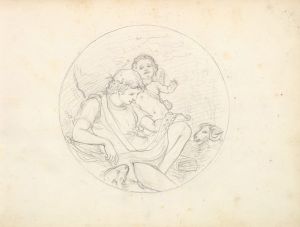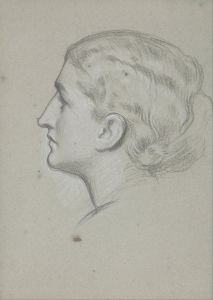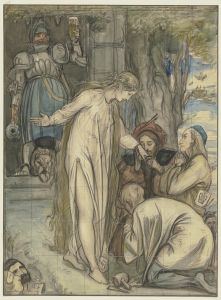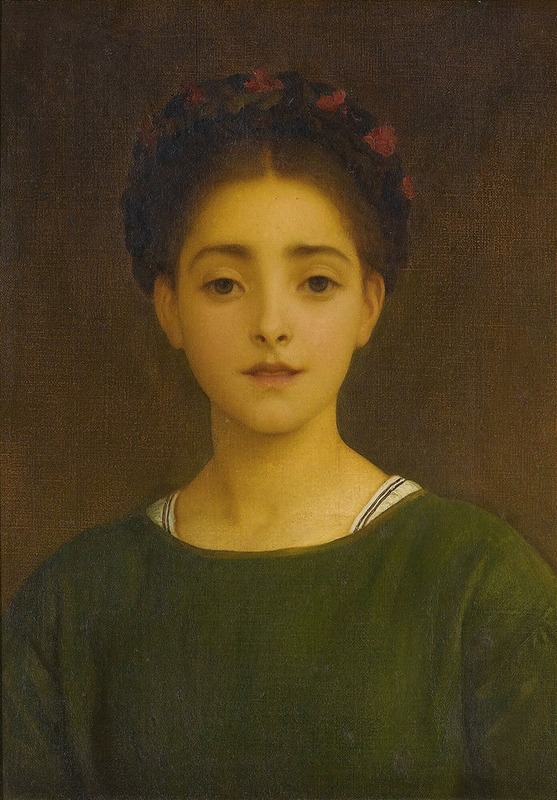
Leandra
A hand-painted replica of Frederic Leighton’s masterpiece Leandra, meticulously crafted by professional artists to capture the true essence of the original. Each piece is created with museum-quality canvas and rare mineral pigments, carefully painted by experienced artists with delicate brushstrokes and rich, layered colors to perfectly recreate the texture of the original artwork. Unlike machine-printed reproductions, this hand-painted version brings the painting to life, infused with the artist’s emotions and skill in every stroke. Whether for personal collection or home decoration, it instantly elevates the artistic atmosphere of any space.
Frederic Leighton, an eminent British artist of the 19th century, is renowned for his contributions to the Victorian art scene, particularly through his association with the Pre-Raphaelite Brotherhood and his role in the Aesthetic Movement. Among his numerous works, "Leandra" is one of his paintings that reflects his mastery in capturing classical themes and the human form.
Leighton was born on December 3, 1830, in Scarborough, England, and his artistic journey took him across Europe, where he was influenced by the Renaissance and classical art. His education included studies in Florence, Frankfurt, and Paris, which enriched his understanding of art and honed his skills. Leighton became a pivotal figure in the British art world, eventually serving as the President of the Royal Academy from 1878 until his death in 1896.
"Leandra" is a testament to Leighton's fascination with classical mythology and his ability to blend it with the aesthetic ideals of his time. Although specific details about the painting "Leandra" are scarce, it is consistent with Leighton's oeuvre, which often depicted mythological and historical subjects with a focus on beauty, form, and composition. His works are characterized by their meticulous attention to detail, vibrant color palettes, and the graceful portrayal of figures.
Leighton's paintings frequently explore themes of beauty and idealism, often drawing inspiration from ancient Greek and Roman mythology. His style is marked by a harmonious blend of realism and idealism, where the human figure is rendered with anatomical precision yet imbued with an ethereal quality. This approach is evident in many of his celebrated works, such as "Flaming June" and "The Bath of Psyche," which showcase his ability to convey emotion and narrative through the depiction of the human body.
The Aesthetic Movement, with which Leighton was associated, emphasized art for art's sake, valuing beauty and sensory experience over moral or narrative content. This philosophy is reflected in Leighton's work, where the visual appeal and technical execution often take precedence over storytelling. His paintings are celebrated for their elegance and the serene beauty they convey, inviting viewers to appreciate the artistry and craftsmanship involved.
Leighton's influence extended beyond his paintings; he was also a sculptor and a significant figure in the art community of his time. His contributions to the arts were recognized with numerous accolades, including a baronetcy, making him the first artist to be ennobled in Britain. His legacy continues to be celebrated, with his works housed in major collections and museums, such as the Leighton House Museum in London, which was his former home and studio.
In summary, while specific information about the painting "Leandra" is limited, it can be appreciated within the broader context of Frederic Leighton's artistic achievements. His dedication to classical themes, combined with his technical prowess and aesthetic sensibility, has left a lasting impact on the art world, making him one of the most respected artists of the Victorian era.





